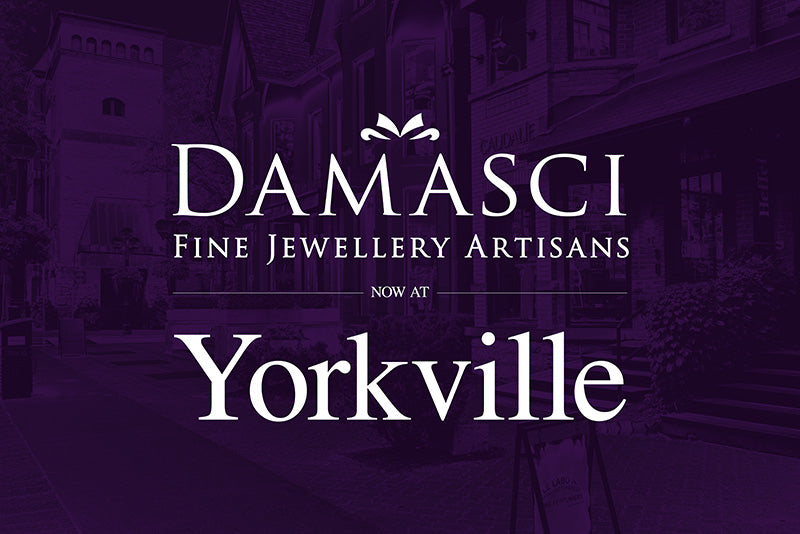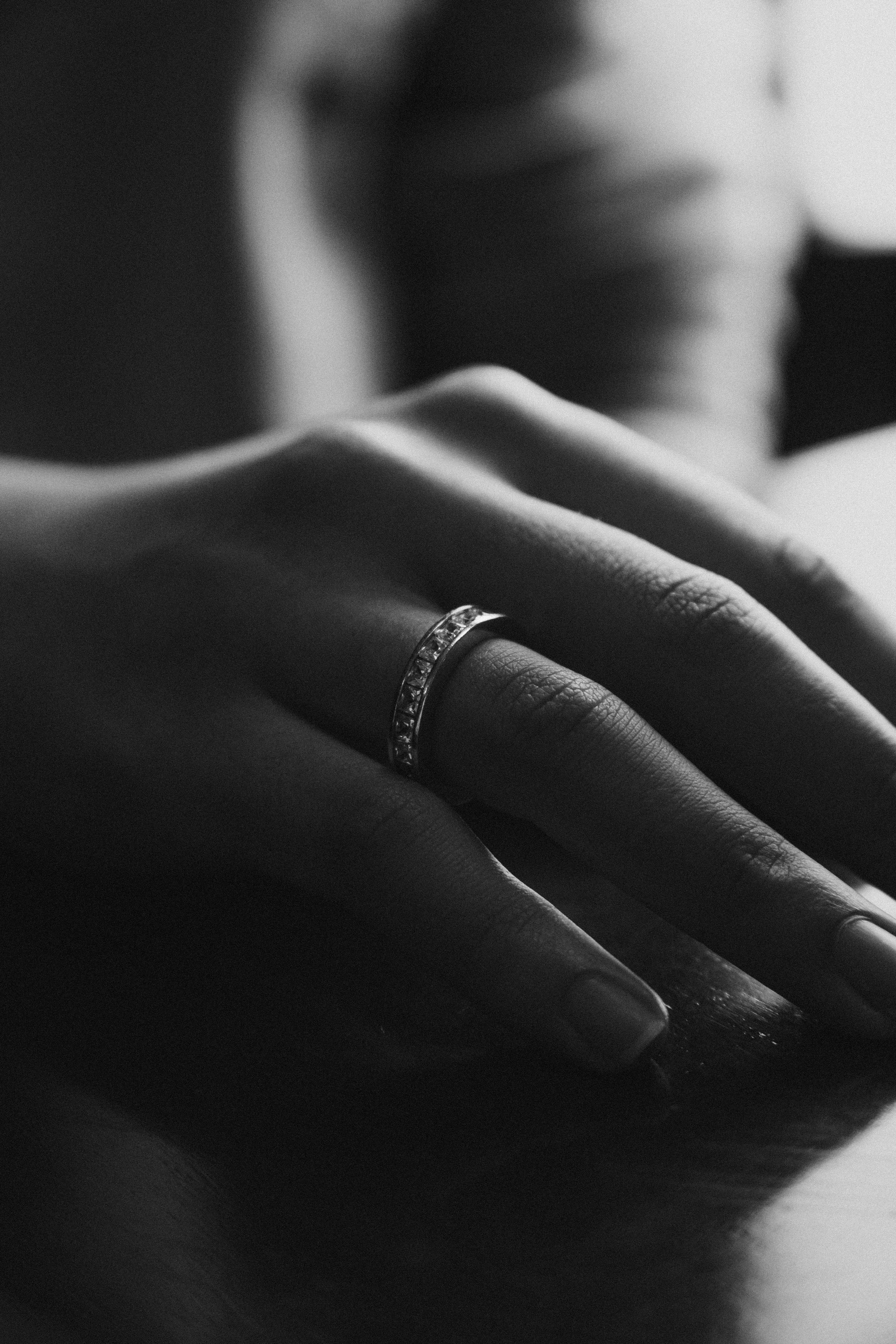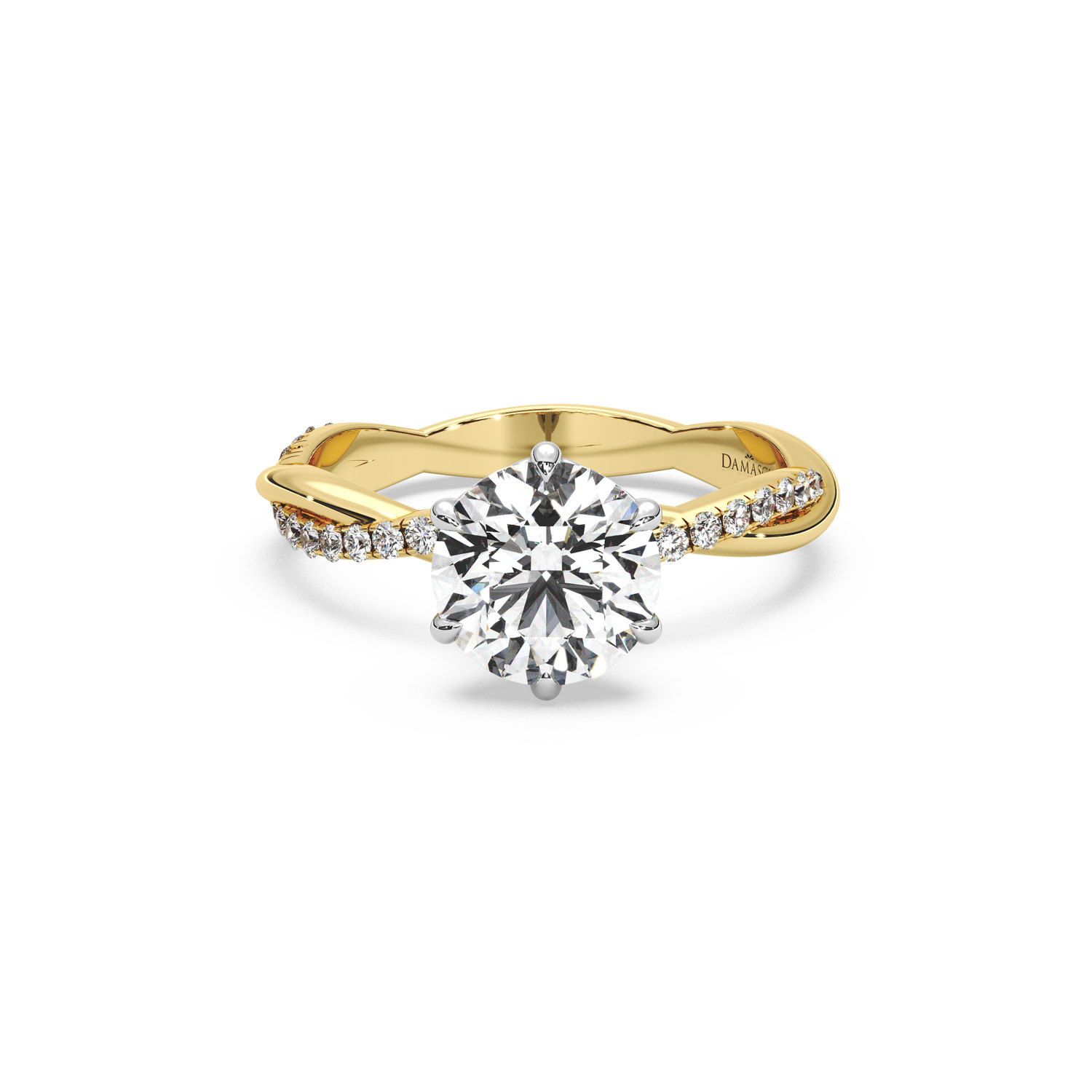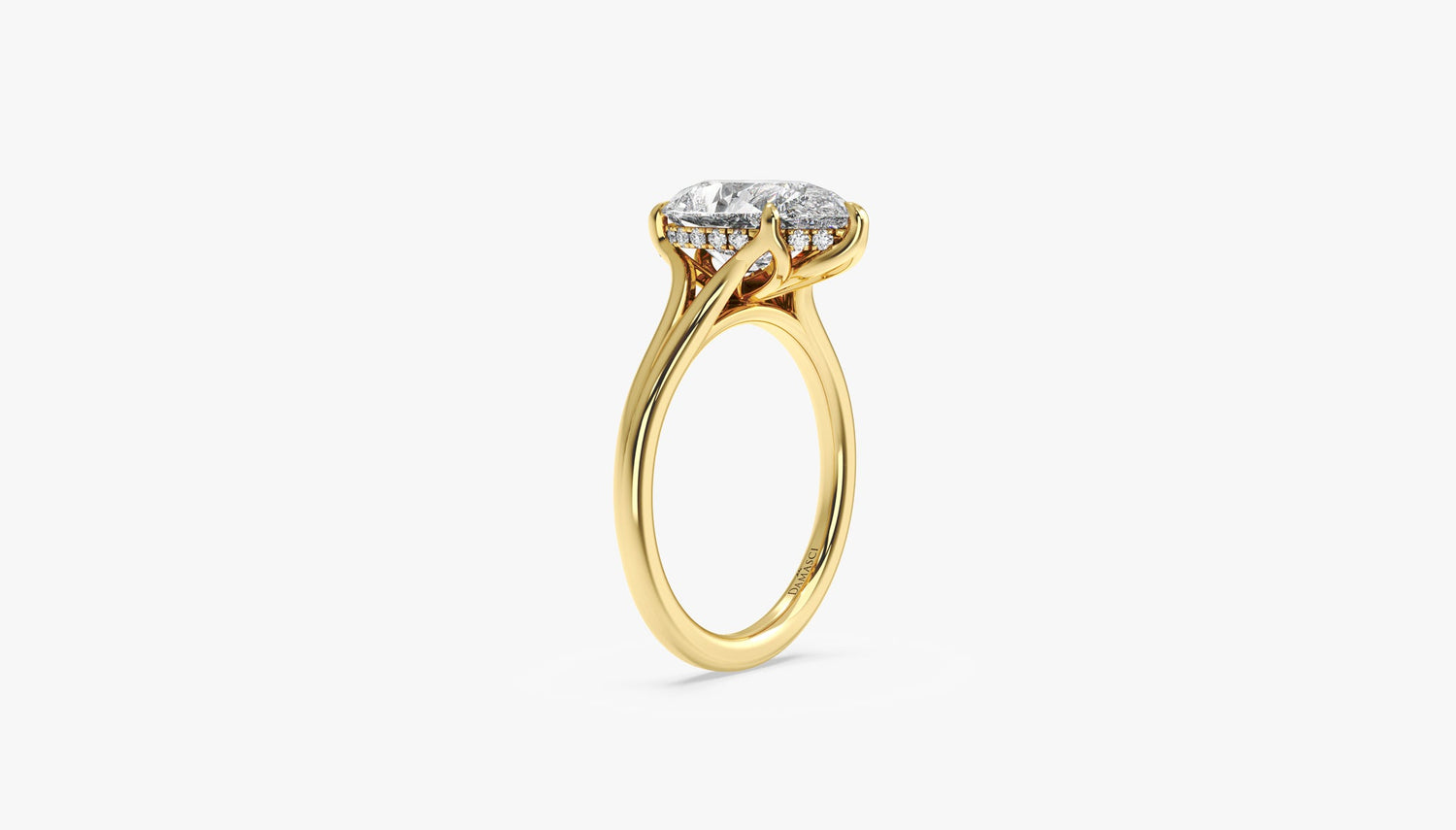
Damasci is Moving to Yorkville: A New Home for Luxury at 106 Cumberland Street
We’re excited to share big news: Damasci is relocating our downtown location to the heart of Yorkville — Toronto’s most prestigious neighborhood for fashion, art, and fine jewelry. Our new...

















